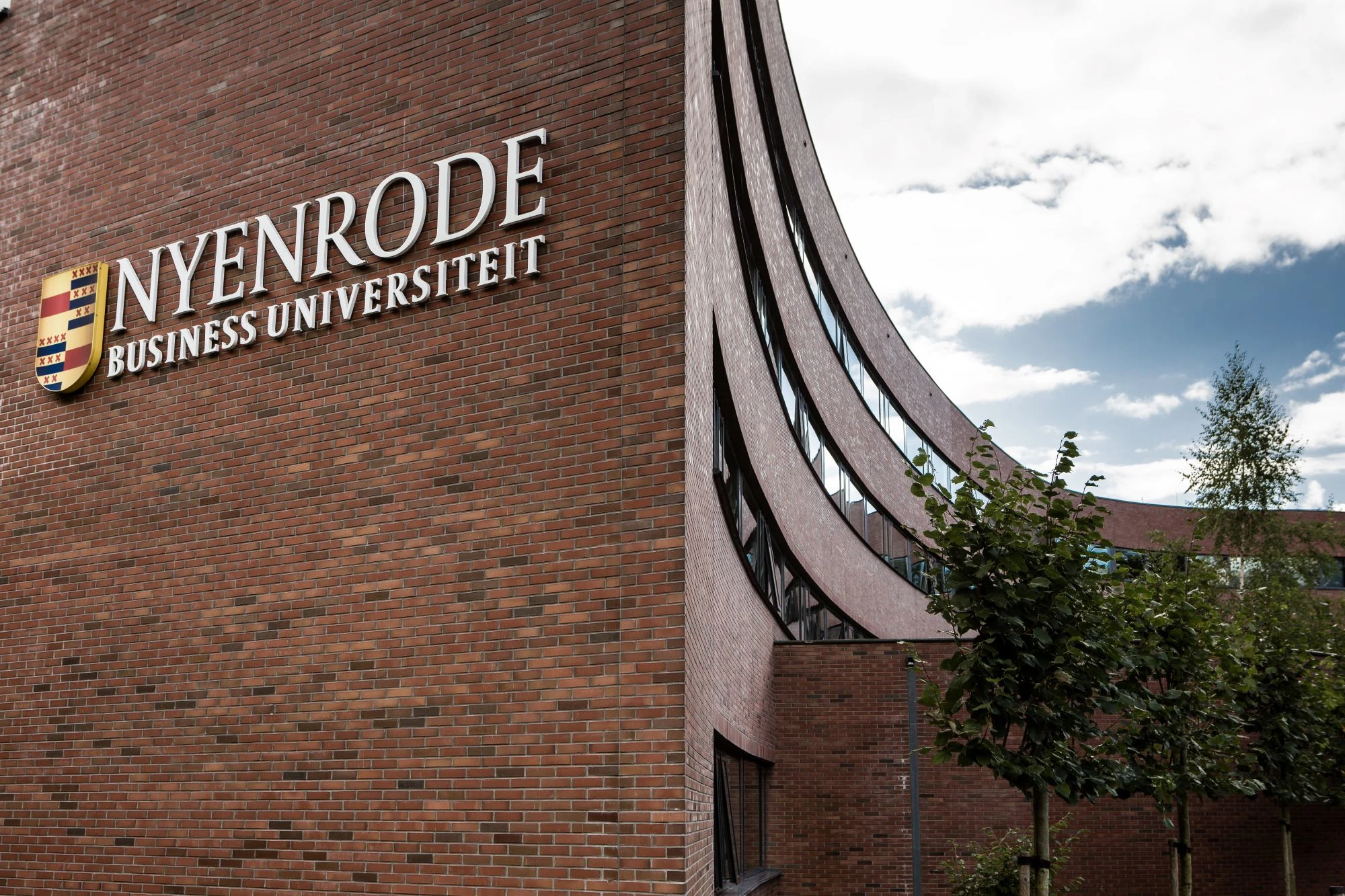Team Leadership (TL) program is a new Executive Education course. Some of the teams of the program have been asked to share what they have learned. One of the most notable stories comes from the Group Procurement team at Delta Lloyd, from supervisor Thomas de Jonge and his colleagues Guido Boer and Richard Groot. The men hesitate to call their team situation special, but it is definitely just that. With ratings of 8.5 (engagement), 8.6 (enthusiasm) and 9.6 (leadership), they boast the highest scores for the Sustainability Engagement Survey within the organization. What makes them so successful?
“We have a team of ten professionals who are all specialists and have known each other for more than five years,” supervisor Thomas explains. “It’s a diverse club of both men and women, young and old, each one an experienced professional.” He joined this team three years ago. “In the beginning there wasn’t any real collaboration. That was because junior and senior colleagues were paired together. This extra hierarchical layer had a hindering effect.” The team then launched an improvement project to gain a better understanding of each other.
A breakthrough
In an initial team session, colleagues told each other that things were going well. One colleague dared to point out that the situation was in fact less positive. “Such a moment of instability and shock is necessary,” Thomas says. “I have encouraged people to tell their own story and to be honest.” He even set an example by telling his own personal story. “That was a huge help,” his colleague Richard adds. Afterwards, several colleagues shared their stories, including—to their own surprise—things that almost no one knew about. The session ended with the follow-up question: “Where do we go from here?”
Getting to truly know and help each other
During the next group discussion about account management, there was a confrontation between two dominant players on the team. Thomas intervened. “As a supervisor, you have to step in when something critical like that happens.” The team eventually figured out how they could give each other feedback, and discovered what was necessary to express themselves freely. The colleagues learned more about each other’s strengths and weaknesses, understood one another better and clarified their roles. Now, as a result, they often exchange active suggestions and practical examples. Guido is enthusiastic about this: “We regularly work on processes together, so that we can really see what our other team members do. It’s more enjoyable to work that way, and on top of that you learn from each other’s working methods.”
Facilitative leadership
What characterizes Thomas’s leadership style? His personal, people-oriented approach is appealing to his colleagues. Guido comments: “He wants to know what people like and what makes them give up. He simply asks that question literally. He also shares what he’s doing and what he’s going through. Contact is actually a continuous conversation.”
Additionally, Thomas is facilitative in change processes. He provides frameworks, but grants a great deal of trust and space therein. “I don’t have to tell him what I’m doing all day long,” Richard explains. “I have a plan, and I check it with him from time to time. If there’s really a problem, then I’ll be there. I’m in charge of informing him. If it’s good, I hear about it. If it’s bad, I hear about it too.”
“I always want to give people a chance. But if it doesn’t work out, we have to be able to easily part ways,” Thomas says. Fortunately, that hasn’t been necessary in this team. “I think the most important thing is that everyone does what they enjoy. I also trust that people will take on the tasks themselves. I try to keep dull administrative matters away from them. If there is something that no one wants to take on, I’ll do it myself.”
Trust in turbulent times
These are turbulent times for Delta Lloyd, with its recent acquisition by Nationale Nederlanden, but this hasn’t created any sort of competition between the team members. “It doesn’t feel like anyone is going after anyone else’s place. We’re just doing our work, but we do share our concerns,” Thomas says. “There's a relaxed atmosphere on the work floor as well. Perhaps this is because we also deal with exciting situations at the negotiating table.”
So what’s the number one secret of team success? “First have a good conversation, then start applying methods and theories,” the team concludes. When it comes to approaches such as Scrum and Lean, the team members are matter-of-fact. “It definitely works, as long as there’s trust. That’s exactly what we started with.” Thomas’s leadership style and strategy enable him to have a greater impact on the collaboration within his team, producing a dream team as a result.

